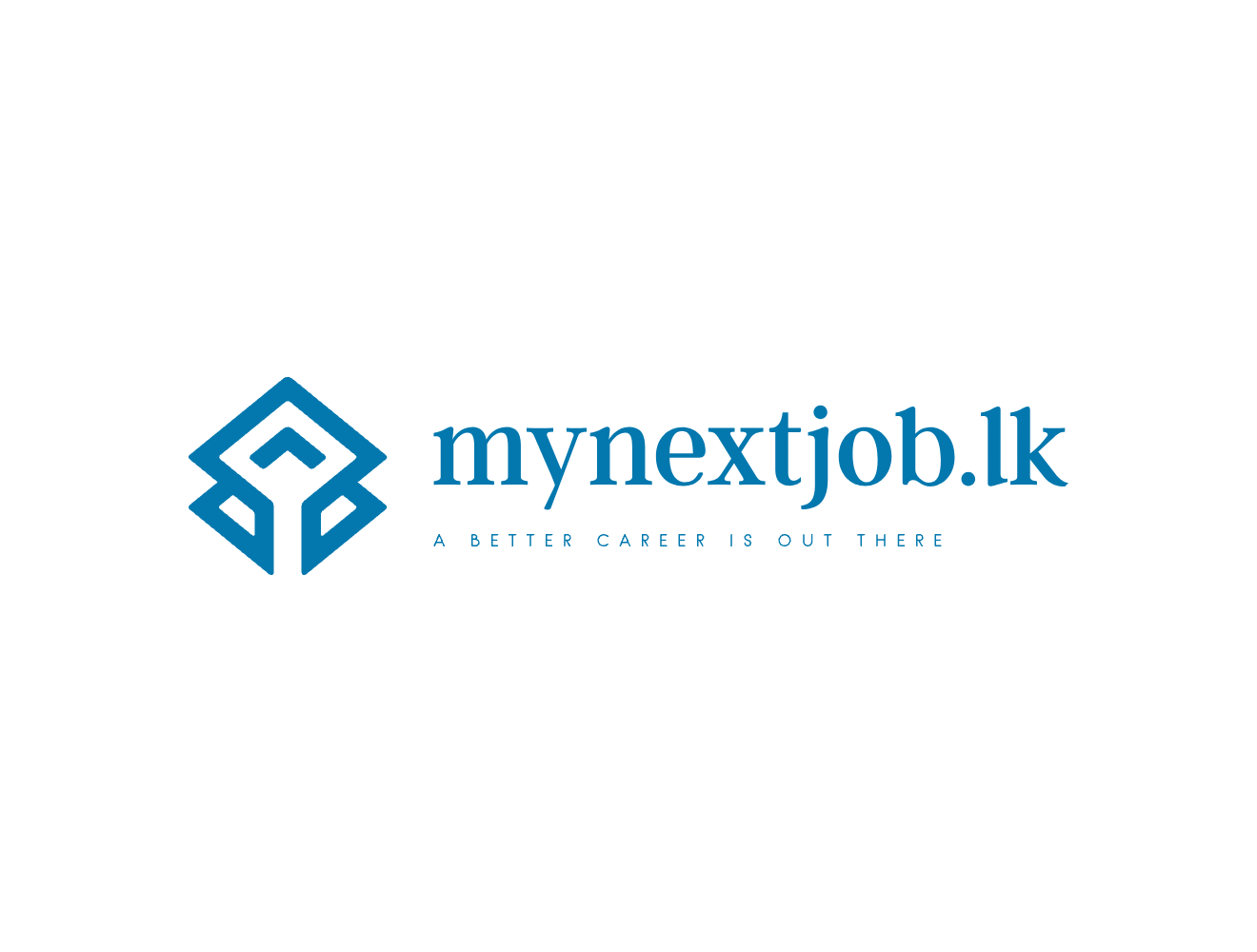Introduction to Social Media Recruitment
In the dynamic landscape of modern recruitment, leveraging social media platforms has emerged as a vital strategy for organizations seeking top talent. The integration of social media in recruitment processes has transformed how employers connect with potential candidates, making it an indispensable tool for identifying and engaging prospective employees.
As social media usage continues to soar, recruiters are increasingly utilizing networks like LinkedIn, Facebook, Twitter, and even Instagram to cast a wider net. According to a recent study, over 92% of recruiters use social media as part of their recruitment strategy, with 87% relying on LinkedIn as a primary source for vetting candidates. Job seekers are equally active, with 79% leveraging social media to search for opportunities and to research potential employers.
One of the significant advantages of social media recruitment is its ability to reach a broader and more diverse audience. Unlike traditional methods, which often rely on job boards or company websites, social media allows recruiters to engage with passive candidates—those who may not be actively looking for a job but could be enticed by new opportunities. This ability to tap into a hidden talent pool gives organizations a competitive edge.
Furthermore, social media platforms offer unique tools and features that enhance recruitment efforts. For example, LinkedIn provides recruiter-specific functionalities, such as advanced search filters, InMail messaging, and analytics that help in making data-driven decisions. Facebook and Instagram allow for targeted advertising, reaching specific demographics based on location, interests, and behaviors, enabling precision targeting in recruitment campaigns.
Social media also fosters a more transparent and engaging recruitment process. Through company pages, job postings, and employee testimonials, organizations can build a robust employer brand, showcasing their culture and values. This not only attracts candidates but also builds a sense of trust and authenticity.
In summary, the growing trend of using social media for recruitment underscores its role as a powerful tool in modern hiring practices. By embracing these platforms, recruiters not only enhance their reach and engagement but also elevate their overall recruitment strategy.
Choosing the Right Social Media Platform
Choosing the appropriate social media platform is vital for maximizing the effectiveness of recruitment efforts. Each social media platform offers unique features, user demographics, and styles of engagement, making them suited for distinct types of job postings and industries.
LinkedIn is the go-to platform for professional networking and recruiting. With a user base primarily consisting of professionals and businesses, it is ideal for hiring for positions in corporate, tech, and specialized fields. LinkedIn’s advanced search capabilities, InMail feature, and job posting services allow recruiters to effectively target candidates based on skills, experience, and professional interests.
Facebook offers a broader reach with a more diverse user demographic. It’s particularly useful for roles requiring a wider audience, including part-time, entry-level, and customer service positions. Facebook’s Job feature allows companies to post job openings directly to their company page, while targeted ads and group engagement offer additional avenues to connect with potential candidates.
Twitter operates at a fast pace and is valuable for recruiting in industries where immediate updates are crucial, such as media, marketing, and public relations. Utilizing hashtags, sharing job postings, and participating in Twitter chats can enhance visibility and engagement, helping to reach passive job seekers and industry influencers.
Instagram is more visually-driven and excels at capturing the interest of younger, tech-savvy candidates. It’s especially effective in sectors like fashion, design, and creative arts. By showcasing company culture through images and stories, along with using popular job-related hashtags, organizations can attract talent looking for an inspiring work environment.
Tailoring recruitment strategies to fit each platform’s nuances is key. For instance, using professional and detailed job descriptions on LinkedIn, employing a friendly and approachable tone on Facebook, leveraging real-time communication on Twitter, and focusing on visual storytelling on Instagram. By carefully selecting and effectively utilizing the right social media platforms, recruiters can target the most suitable candidates for their specific needs, resulting in more successful hiring outcomes.
Creating Compelling Recruitment Content
To attract high-quality candidates through social media, creating compelling recruitment content is paramount. Diverse types of content resonate differently across various social media platforms, and understanding these nuances can significantly enhance recruitment efforts.
Job postings are fundamental; they should be concise yet comprehensive, highlighting key responsibilities, qualifications, and what makes the role unique. Clear and compelling job descriptions attract attention and increase the chances of attracting suitable candidates. Using action verbs and straightforward language helps maintain clarity.
Company culture videos offer prospective candidates a glimpse into the working environment, reflecting the organizational ethos and values. These videos should be authentic and engaging, showcasing real employee experiences and office dynamics. Platforms like Instagram and Facebook are ideal for sharing such visually-rich content, leveraging their video and story features for broader reach.
Employee testimonials play a crucial role in building trust and giving potential candidates insight into employee satisfaction and career growth opportunities within the company. Sharing these testimonials on platforms like LinkedIn not only adds a personal touch but also provides credibility through the voices of current employees.
Interactive content such as polls and Q&A sessions foster engagement and provide a dynamic method to interact with potential applicants. Hosting live Q&A sessions on platforms like Twitter or LinkedIn allows for real-time interaction, addressing candidates’ queries promptly and efficiently.
Using visuals and multimedia effectively can greatly enhance the appeal of recruitment content. High-quality images, infographics, and short video clips can convey powerful messages more succinctly than text alone. Visual content tends to perform well on almost all social media platforms, with Instagram and Pinterest being particularly effective for visually appealing posts.
Maintaining a consistent employer brand voice across all platforms is essential. This consistency helps establish a strong, recognizable presence and builds a trustworthy reputation. Whether through tone of voice, visual style, or messaging, a cohesive brand identity ensures that candidates have a clear and unified perception of the company.
Best Practices and Tips for Social Media Recruitment
Optimizing social media recruitment requires strategic effort. One fundamental aspect to consider is the frequency and timing of your posts. Posting consistently but not excessively is key; aim for daily interactions without overwhelming your audience. The best times to post vary by platform, with LinkedIn showing high engagement during weekdays, while platforms like Instagram and Facebook see more interaction during evening hours and weekends. Utilize social media analytics to gain insights into your audience’s behavior and adjust your posting schedule accordingly.
Engaging directly with potential candidates is another crucial element. Respond promptly to comments and direct messages to create a dynamic and approachable social media presence. Personalized communication fosters trust and can significantly improve candidate experience. Engaging through meaningful conversations rather than generic responses helps to build relationships and can set your organization apart from competitors.
Hashtags and keywords are instrumental in expanding your reach. Research industry-specific hashtags and incorporate them into your posts to increase visibility. Tools like LinkedIn’s ‘Trending Hashtags’ or Instagram’s ‘Explore’ page can guide you in selecting effective hashtags. Similarly, using relevant keywords enhances discoverability, making it easier for potential candidates to find your job postings.
Leveraging social media analytics is paramount in refining your recruitment strategies. Platforms provide metrics on engagement rates, reach, and audience demographics. Analyzing this data can highlight what content resonates most with potential candidates, allowing for targeted improvements. This data-driven approach enhances the efficiency of your recruitment campaigns and ensures that your efforts are channelled correctly.
Legal and ethical considerations should never be overlooked. It’s imperative to respect candidate privacy by not sharing personal information without consent. Non-discrimination in recruitment practices must be strictly adhered to, ensuring that no bias affects candidate selection. Incorporating these principles not only aligns with legal requirements but also promotes a positive and fair recruitment culture.
Several successful social media recruitment campaigns illustrate these best practices. For instance, a tech company used targeted LinkedIn posts and personalized InMail messages to significantly increase their hiring rate for specialized roles. By utilizing analytics, they tailored their approach to engage top talent effectively. Such case studies underscore the effectiveness of strategic social media recruitment when best practices are meticulously followed.








